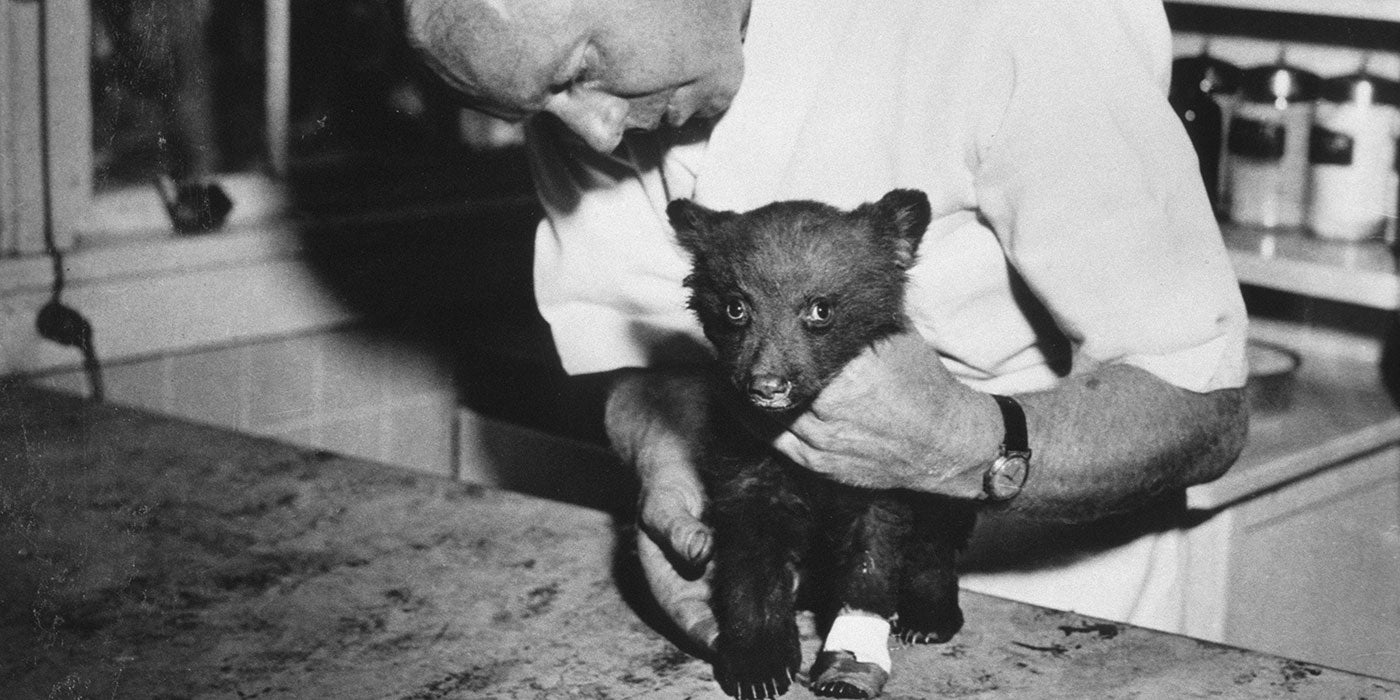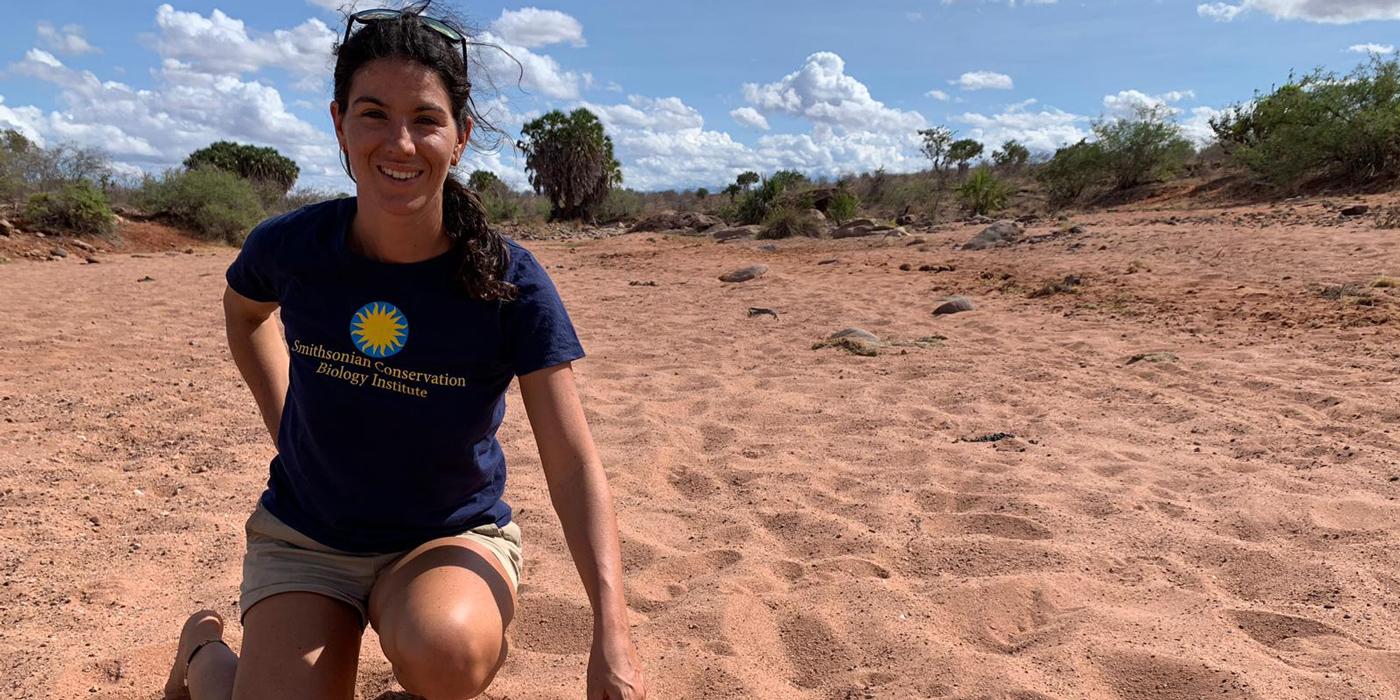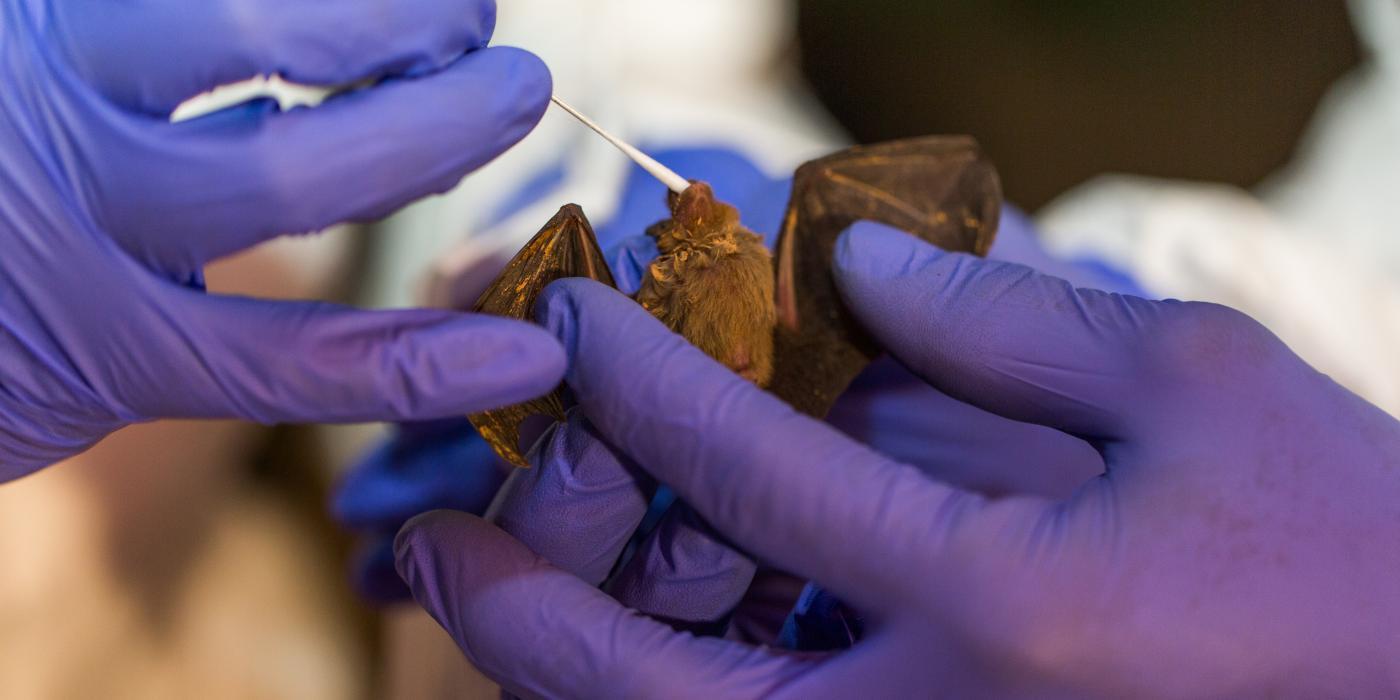Helping Pangolins in Peril
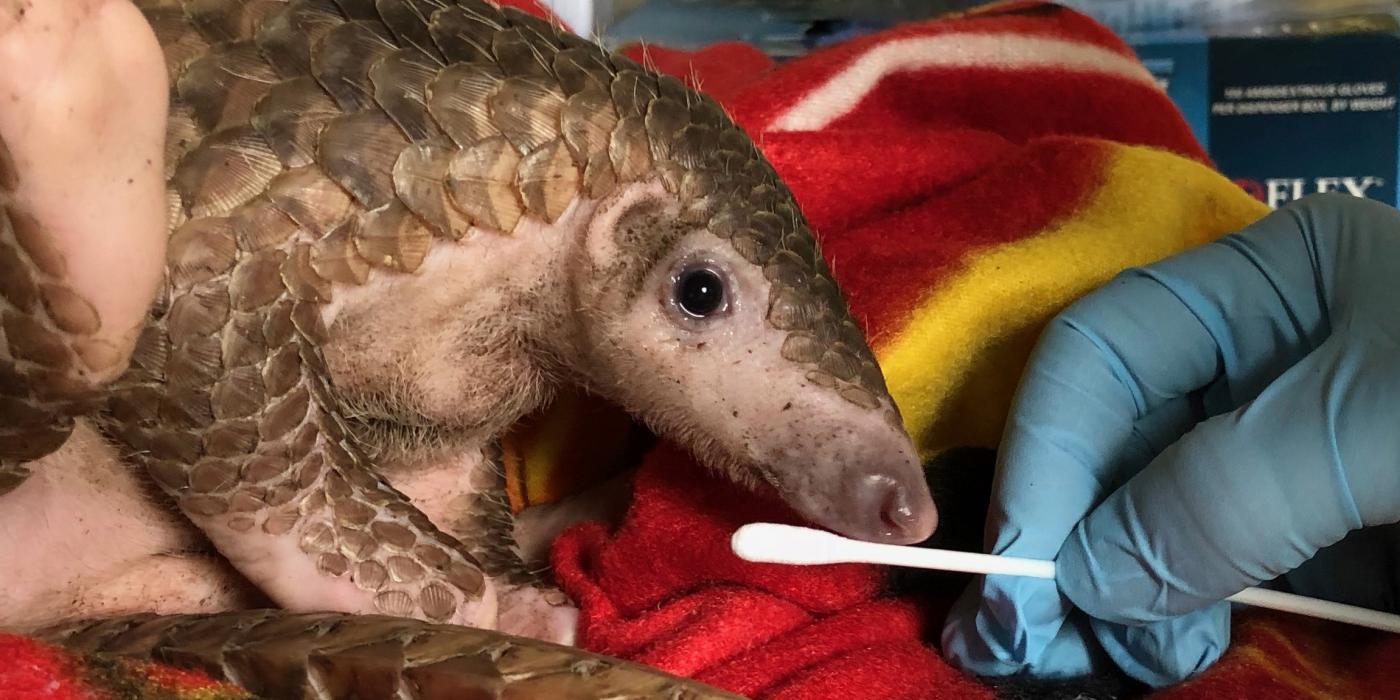
With its long, sticky tongue, sharp digging claws and propensity to walk on its hind legs, the pangolin looks a bit like a cross between an anteater and a dinosaur. But in fact, this peculiar animal is a mammal—one that is highly sought after by poachers.
Global Health Program veterinarian Dr. Marc Valitutto traveled to the Save Vietnam’s Wildlife center in Cuc Phuong National Park, where hundreds of confiscated pangolins are received each year for rehabilitation and hopeful reintroduction back into the wild. Check out some highlights from his recent trip.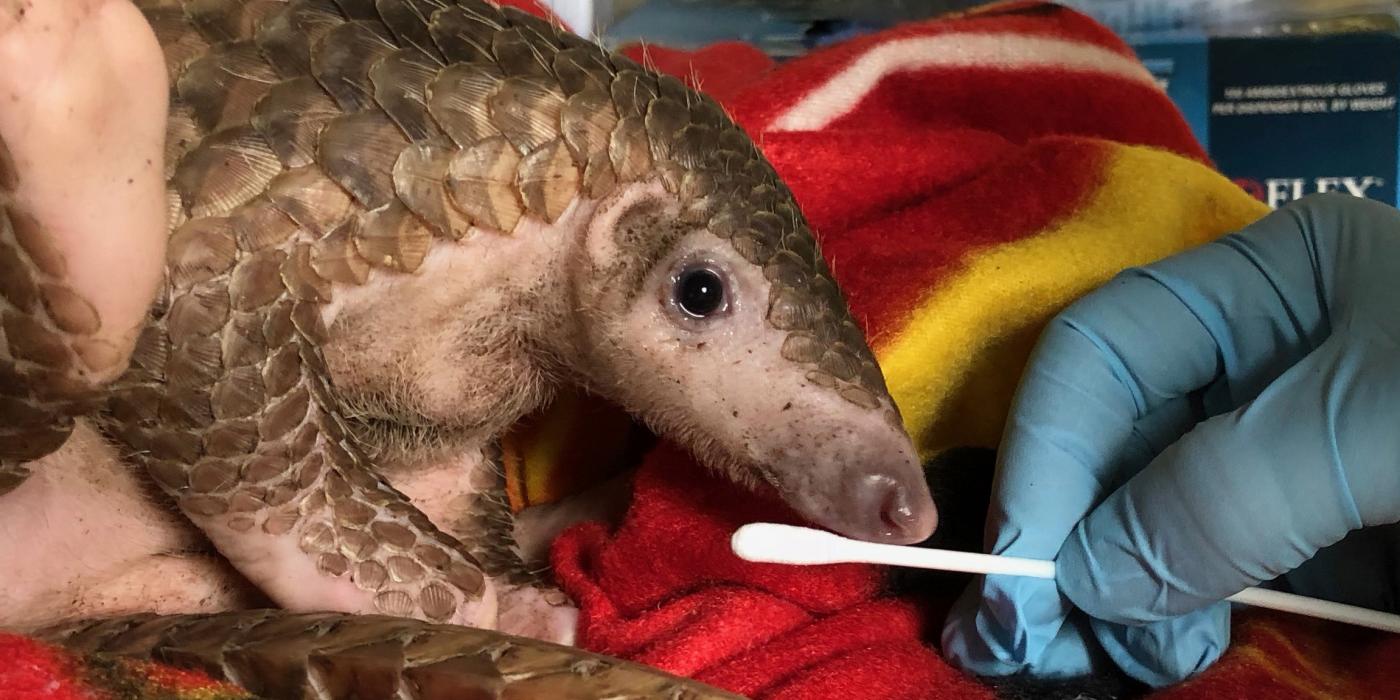
Why is the Global Health Program working to save pangolins?
Pangolins are the world’s most trafficked mammal; they are being illegally captured from the wild and traded throughout the world, but are primarily smuggled to China and Vietnam for use in traditional cultural practices as well as for human consumption. For that reason, two of the eight species of pangolin are currently listed by the International Union for Conservation of Nature as critically endangered.
Due to an unwavering demand, wild populations of pangolins in Southeast Asia have been plummeting. As a direct result of these population declines in Asia, there has been a compensatory increase in poaching activity of African pangolin species to continue to meet the demand.
Despite these concerns, we still know very little about pangolins with regards to their health, biology, ecology and genetics. By studying the clinical health of the species and by practicing conservation medicine, the Smithsonian Conservation Biology Institute's (SCBI) Global Health Program has an opportunity to make an impact on the long-term survival of this enigmatic creature.
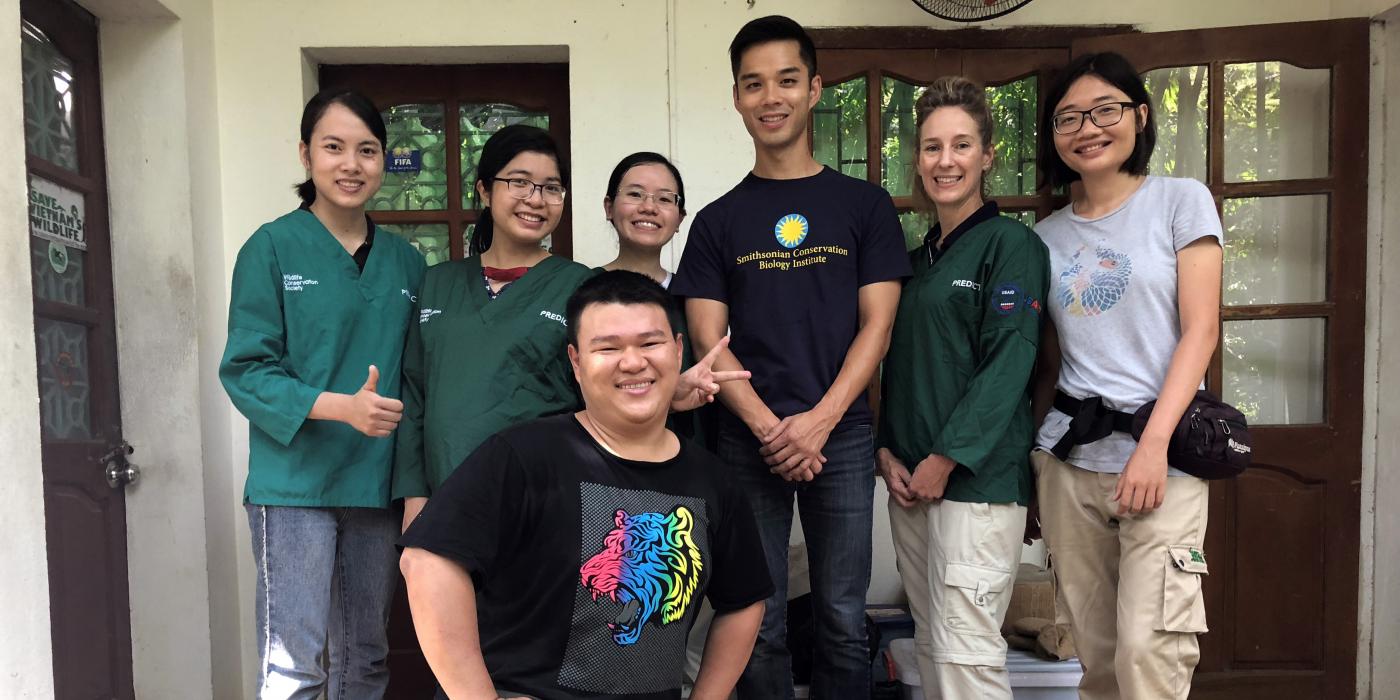
Why did you travel to Vietnam?
The government and people of Vietnam have prioritized protecting wildlife within the borders of their country. However, poaching continues to persist with routine reports of mass confiscations of pangolins and their products (primarily their scales) that have been intercepted prior to leaving the country. As policing and border control has improved in Vietnam, so has the need for a place to house and rehabilitate the animals that have survived. The answer? Save Vietnam’s Wildlife (SVW) Center, a non-governmental organization based in Cuc Phuong National Park, just outside of Hanoi.
SVW is an incredible facility dedicated to the rehabilitation of pangolins and small carnivores for release back into the wild. Many animals are sent here following confiscations to be cared for by a team of veterinarians, veterinary technicians and dedicated keeper staff. The center receives hundreds of pangolins and other species every year, which can be quite overwhelming at times. Fortunately, volunteers from all over the world with a variety of skillsets donate their time and labor to care for these animals to offer the full-time team a chance to focus on enhancing the health of the animals to mitigate loss and maximize a return to the wild.
Wildlife veterinarians from SCBI's Global Health Program (GHP) are in Asia providing assistance in the form of clinical medicine, research and veterinary capacity building, the latter of which includes skill training, equipment procurement and policy development.
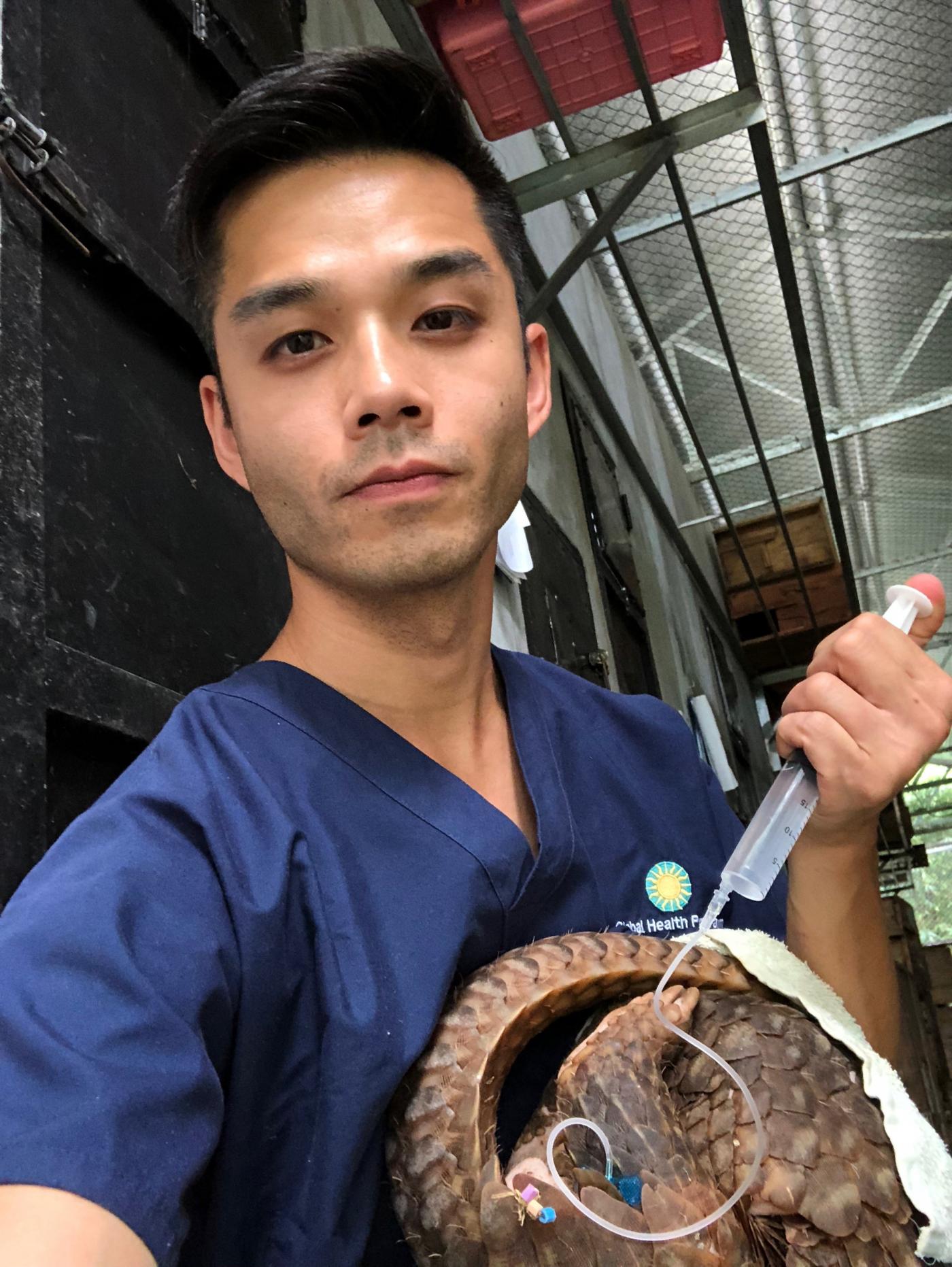
How did you assist staff at the center?
During my visit this past July, I represented the GHP and spent some time assisting the veterinary staff in medical care of the pangolins undergoing active treatment, exchanged medical knowledge and techniques, and ultimately offered opportunities for our teams to collaborate for the advancement of pangolin care and conservation.
While I was at the SVW, I had the opportunity to work with nearly 100 pangolins in various stages of rehabilitation. There is a magnitude of information that has been learned by the staff and international volunteers due to the volume of specimens brought to the facility; however, because downtimes are rare, it has been quite difficult to share this knowledge with the world.
The veterinary staff at SVW are quite skilled in pangolin care and management, however, with the consistent numbers of animals that arrive to the facility, time is limited to direct clinical care. By partnering SVW and GHP veterinarians, we have an opportunity to share new and known information about pangolin health to the scientific community and to the public. Armed with this knowledge, our goal is to apply these same methods across the world to protect pangolins on a global scale.
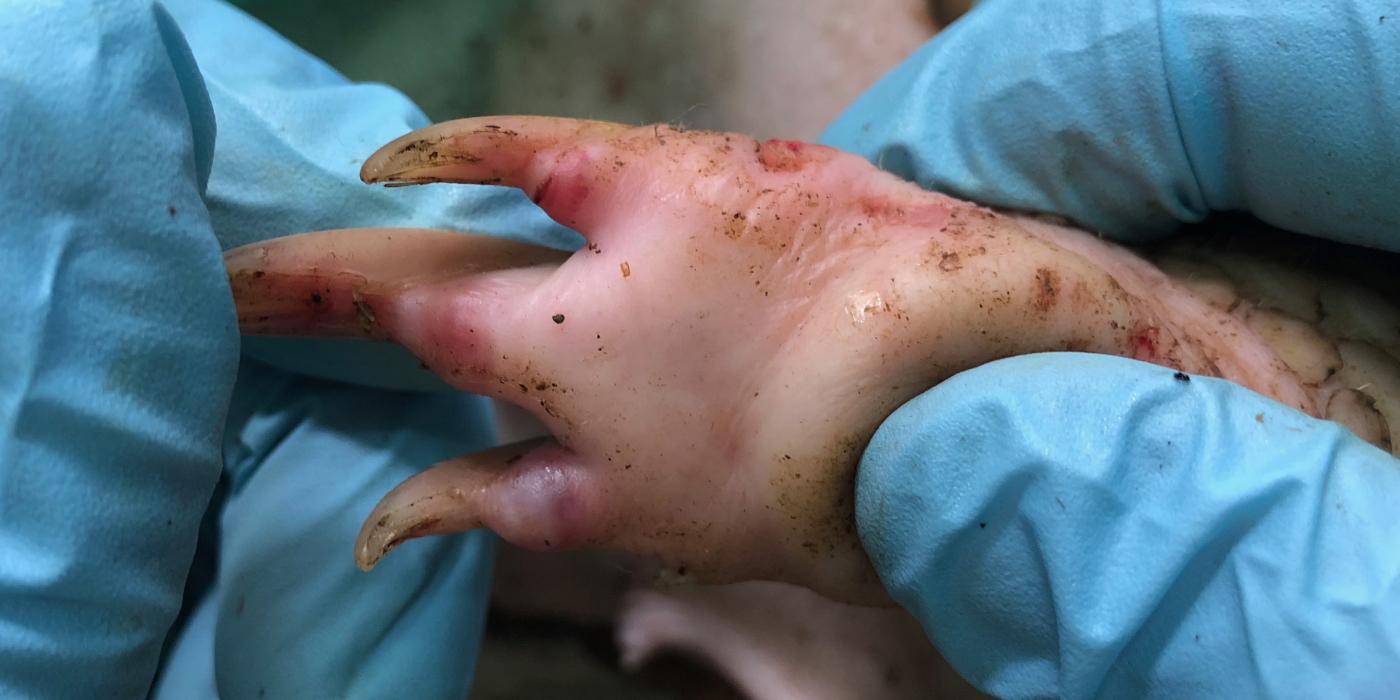
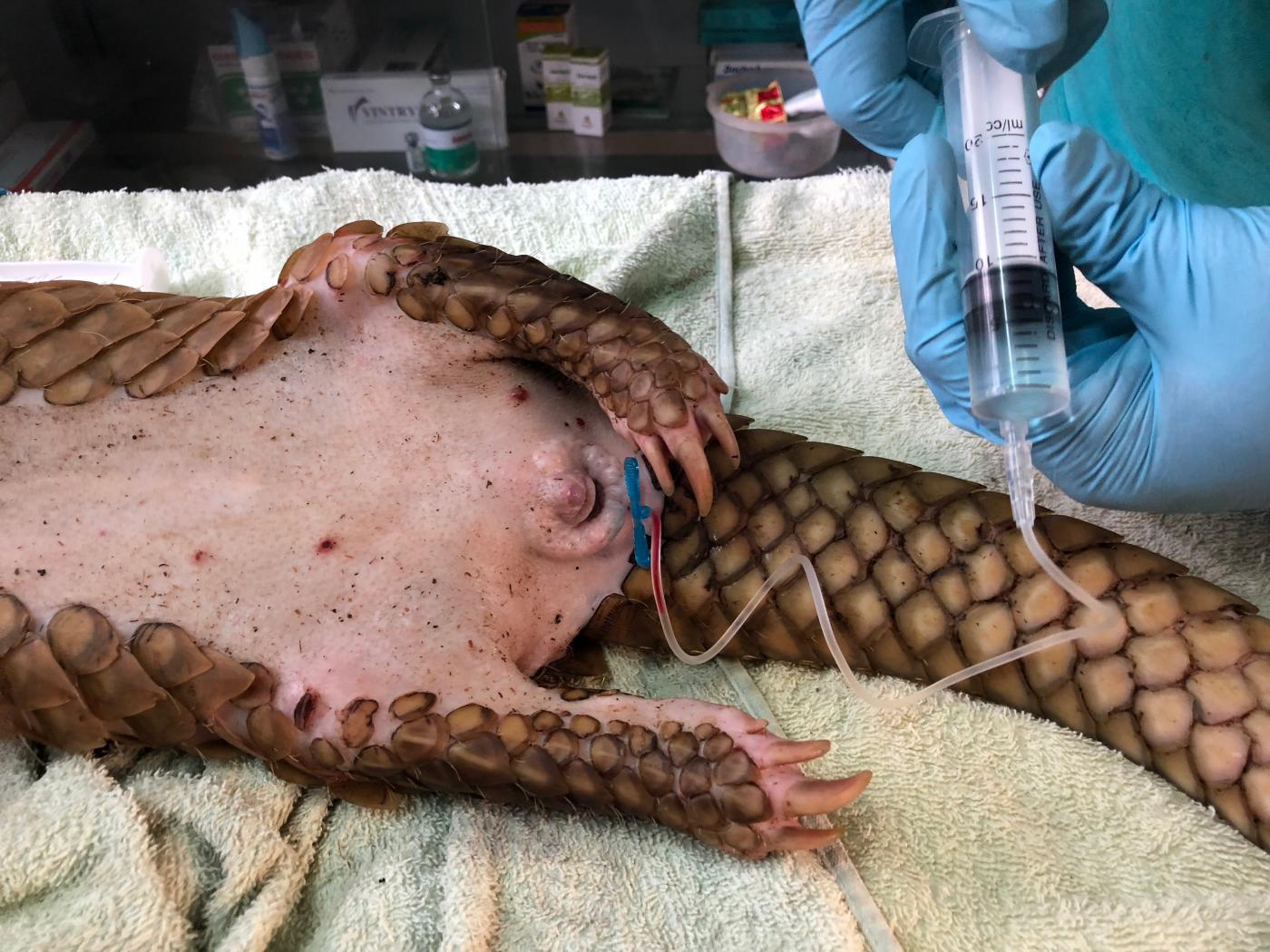
What condition are they in when they arrive?
Pangolins arrive in various states of health. It depends how long they have been in captive care and what conditions they have been exposed to. Animals may be kept for many days to weeks in bags in preparation for shipments with no food or water. While some animals may arrive healthy, most are in serious need of medical attention, some of which never recover.
We do know that pangolins are highly susceptible to stress, which has an immense impact on their immune system. A lowered immune system can leave animals more susceptible to gastric (stomach) ulcers and generalized infections including from bacteria, parasites, fungi and viruses. With the help of international veterinarians, SVW clinicians have been able to provide the necessary supportive care to save and rehabilitate the majority of specimens that arrive to the center.
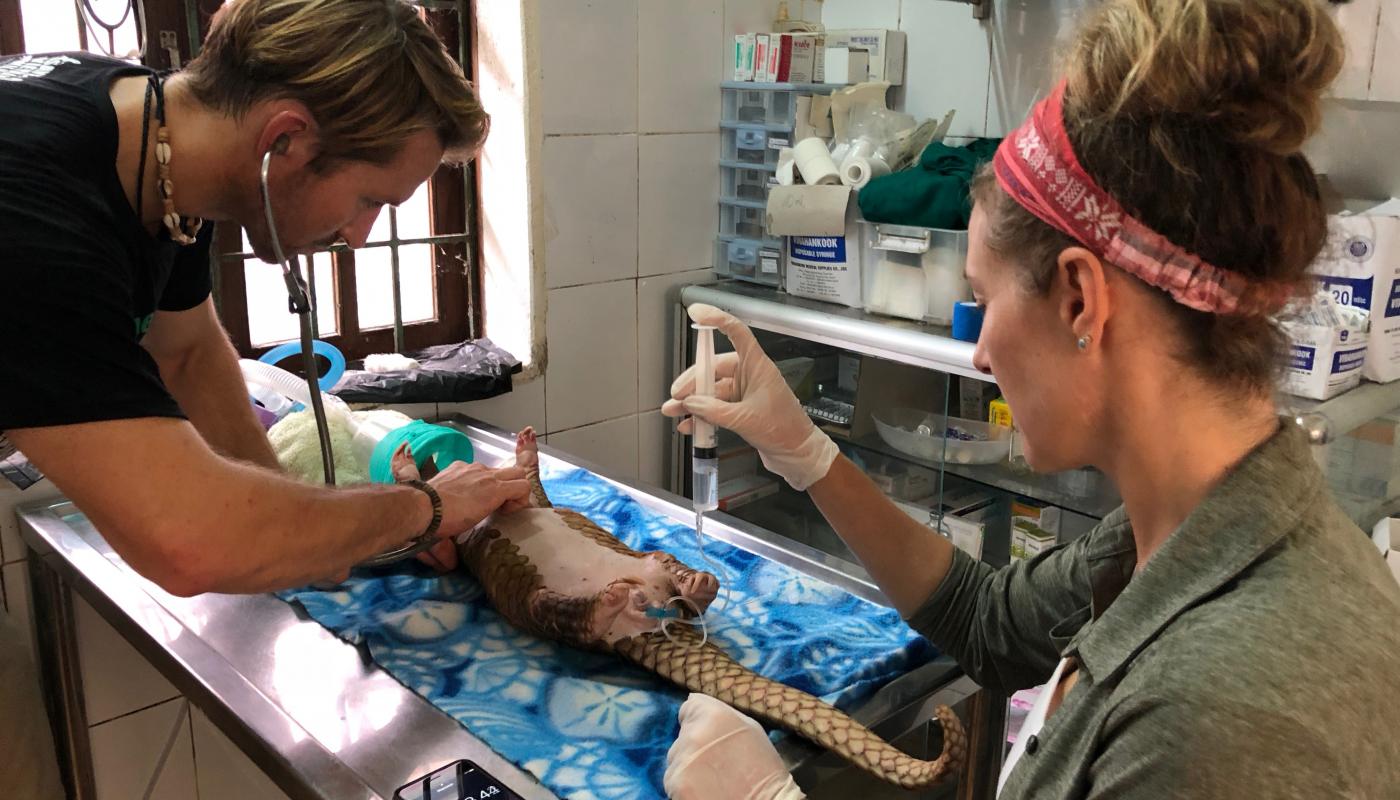
What are you hoping to learn through your research?
My research is focused on understanding the normal biological and health parameters of the pangolins. This includes topics like blood biochemistry, fecal parasite load, urine values and vital parameter measurements. From there, we can establish a reference range to identify animals that are unwell, which will better guide us in identifying disease and a respective treatment plan. Because Sunda pangolins are now critically endangered, every individual animal counts.
I traveled to the SVW center to present opportunities for collaboration, research and capacity building with the support of a grant from Friends of the National Zoo (FONZ). With these funds, I intend to build my research at SVW and apply what we have learned to the seven other pangolin species of the world. Only recently has the public focus turned to the plight of the pangolin, and for that reason, our research has garnered great support allowing us to embark on this new endeavor.
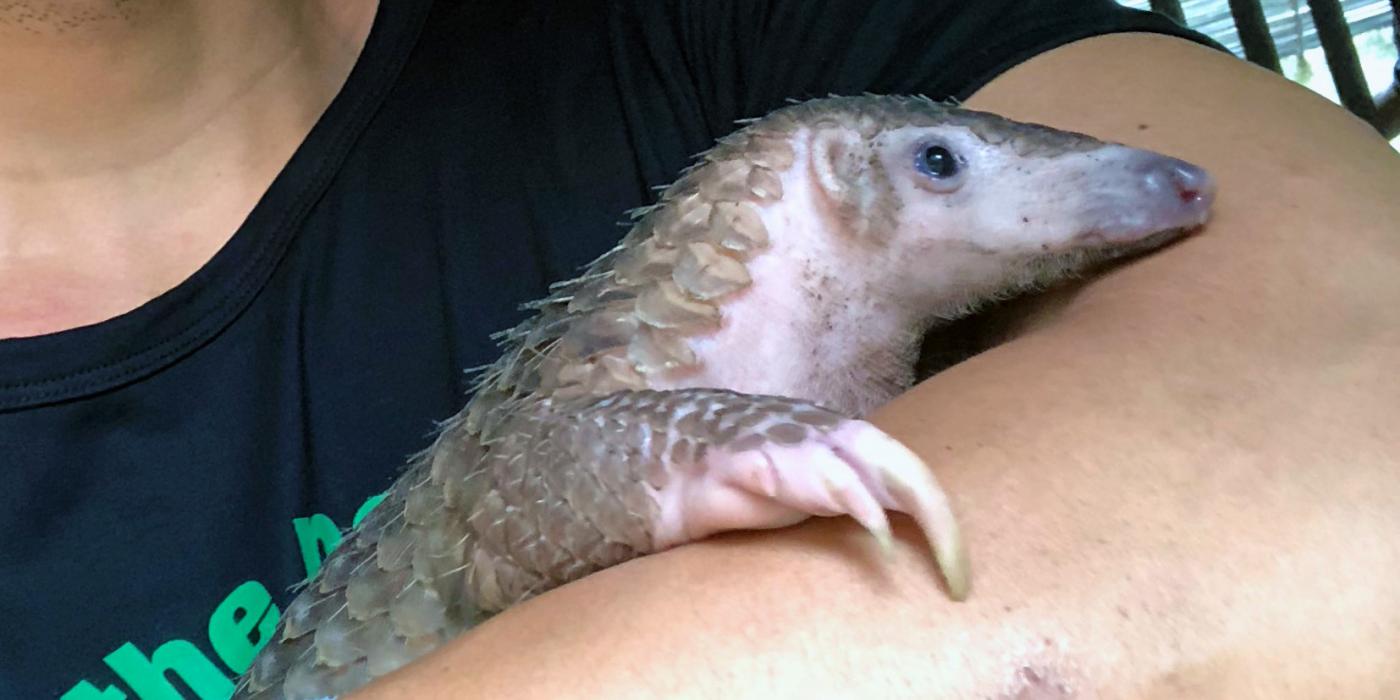
What makes you optimistic about pangolins’ future?
Thanks to support from the international community, we have a great opportunity to raise awareness for these critically endangered animals.
Two years ago, changes in international law (CITES) offered all eight species of pangolins the highest level of protection. Strict penalties for those who poach is a step in the right direction, but must be paired with substantial education campaigns, provisions for alternative livelihoods and increased knowledge about the species in the wild and in human care.
The overwhelming support from respective governments and the public offers wildlife veterinarians like myself and those at the SVW center an opportunity to continue our conservation efforts to save the pangolin from extinction.
This story appears in the September 2018 issue of National Zoo News. This project was funded by Friends of the National Zoo’s “Round Up for Conservation” initiative. Learn how your visit can help Marc and other Zoo scientists save species worldwide.
